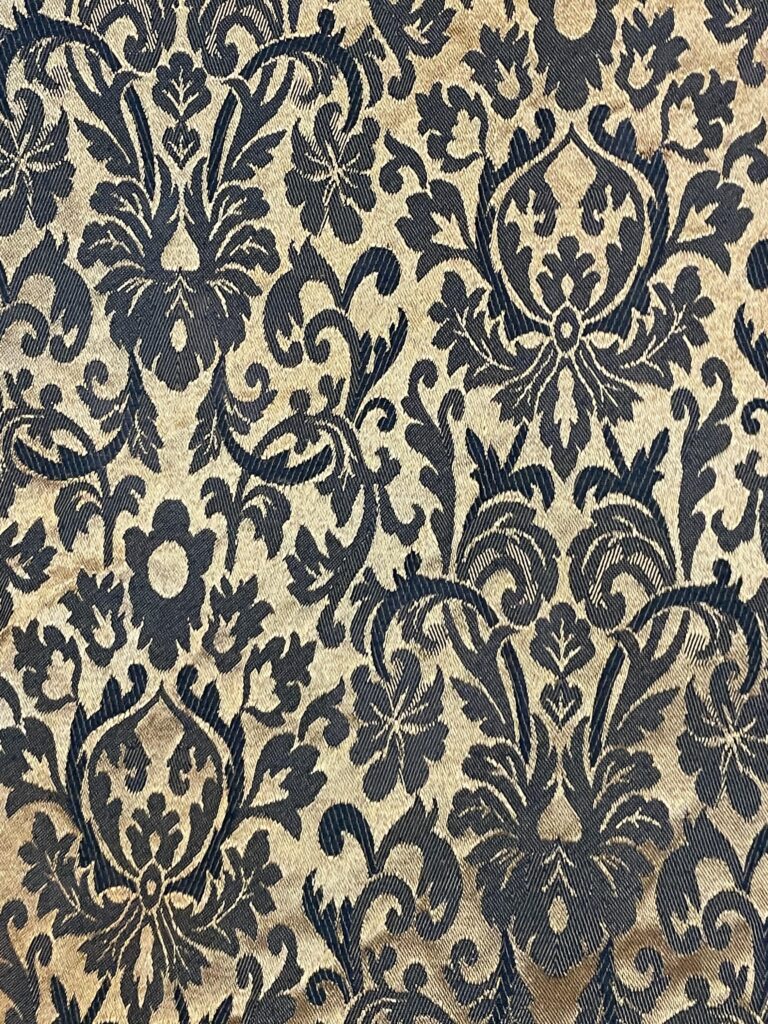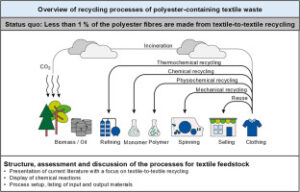Can You Dye Damask with White Color?
Fabric compatibility is crucial in fashion and sewing, ensuring that the final product is both beautiful and functional. In this article, we explore whether you can dye damask with white color, and what this means for your textile projects.
Introduction
Understanding fabric compatibility is vital for creating stunning and durable garments. This guide examines whether damask can be dyed white, considering various fabric properties and offering practical advice for your sewing projects.
Compatibility Analysis
Can you dye damask with white color? The simple answer is NO. Dyeing a fabric white is not feasible because dyeing involves adding color, not removing it. To achieve a white appearance, fabrics must be bleached rather than dyed. Damask, being a woven fabric often made from silk, cotton, or synthetic fibers, can be bleached if it’s made from bleach-friendly materials like cotton. However, silk and certain synthetics may not withstand bleaching without damage.
Why Damask Cannot Be Dyed White
- Texture and Weight: Damask’s intricate patterns and texture may not uniformly react to bleaching, risking uneven coloration.
- Care Requirements: Silk damask requires gentle care, making harsh bleaching agents unsuitable.
- Durability: Bleaching can weaken fibers, particularly in delicate damask, affecting its longevity.
Fabric Properties Comparison Table
| Property | Damask (Silk/Cotton) | Synthetic Damask |
|---|---|---|
| Fiber Content | Natural (Silk/Cotton) | Synthetic |
| Weight and Thickness | Medium to Heavy | Medium |
| Breathability | High (Silk/Cotton) | Low |
| Stretch and Elasticity | Low | Moderate |
| Wrinkle Resistance | Moderate | High |
| Care Instructions | Hand wash or dry clean | Machine wash |
| Durability | Moderate to High | High |
Benefits of Mixing These Fabrics
- Enhanced Texture: Combining damask with other fabrics can create visually interesting textures.
- Improved Comfort: Natural fibers in damask offer breathability, enhancing comfort.
- Better Drape: Mixing damask with lighter fabrics improves garment flow.
- Cost-Effectiveness: Blending with less expensive materials can reduce costs.
- Seasonal Versatility: Mixed fabrics can be tailored for different seasons.
- Design Possibilities: The unique patterns of damask offer creative design opportunities.
Potential Challenges
- Different Shrinkage Rates: Pre-wash fabrics to minimize shrinkage issues.
- Conflicting Care Requirements: Choose compatible fabrics with similar care needs.
- Texture Clash: Test fabric combinations to avoid pilling.
- Seam Puckering: Use appropriate sewing techniques to prevent puckering.
- Color Bleeding: Pre-wash fabrics to ensure colorfastness.
Practical Solutions
- Use gentle, compatible detergents.
- Test small fabric samples before full projects.
- Employ stabilizers to manage fabric behavior during sewing.
Sewing & Styling Tips
- Sewing Techniques: Use a fine needle for silk and a universal needle for cotton.
- Needle and Thread: Opt for polyester thread for strength.
- Interfacing Needs: Use lightweight interfacing for support without bulk.
- Seam Finishing: French seams prevent fraying.
- Pattern Selection: Choose patterns that highlight damask’s texture.
- Styling Ideas: Pair damask with solid fabrics for contrast in fashion and home decor.
Care & Maintenance Guide
- Washing Instructions: Hand wash silk damask; machine wash cotton blends.
- Drying Recommendations: Air dry to maintain fabric integrity.
- Ironing Tips: Use a low heat setting for silk; medium for cotton.
- Stain Removal: Treat stains promptly with gentle cleaners.
- Long-Term Care: Store in a cool, dry place to prevent damage.
FAQ Section
-
Can you wash silk and cotton damask together?
- Yes, but use a gentle cycle and cold water.
-
Will silk damask shrink more than cotton?
- Silk may shrink more; pre-wash to minimize this.
-
What needle size should I use for sewing damask?
- Use a 70/10 needle for silk and 80/12 for cotton.
-
Can you mix damask with other fabrics in one garment?
- Yes, but ensure similar care requirements.
-
How do you prevent puckering when combining fabrics?
- Use a walking foot and adjust tension settings.
-
Is it okay to mix damask for upholstery?
- Yes, but choose durable blends for high-use areas.
-
What’s the best way to finish seams with damask?
- French seams or serging work well to prevent fraying.
By understanding the properties and care requirements of damask, you can make informed decisions about fabric mixing and create beautiful, long-lasting garments and decor.


Leave a Reply